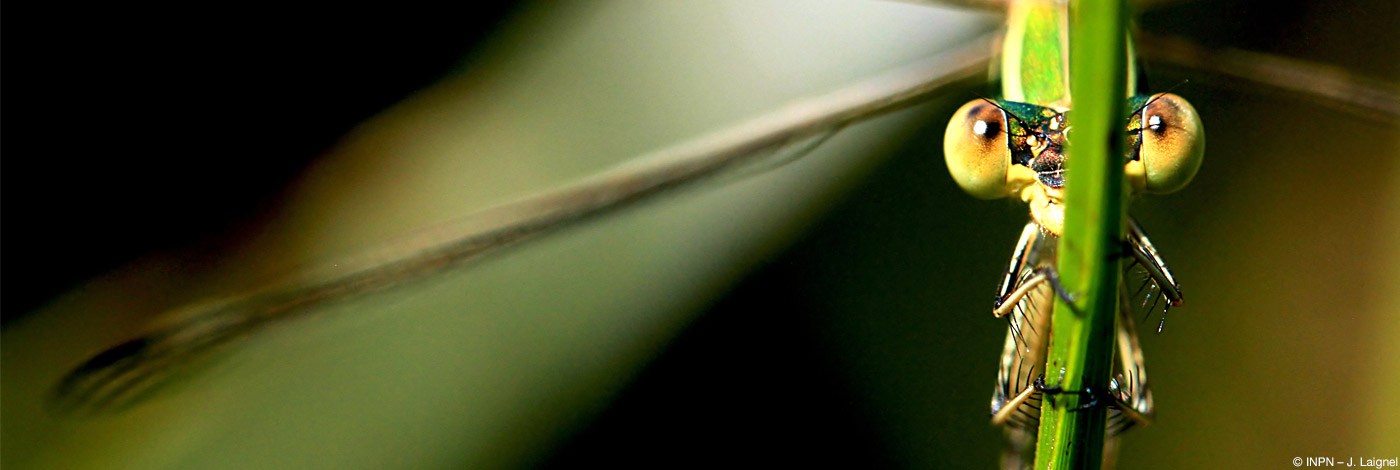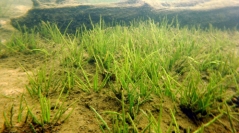

 Naturae
2019 (2) - Pages 59-79
Naturae
2019 (2) - Pages 59-79Amphibian perennial swards, and quite particularly those with boreomontane affinities, are very specialized plant communities of cold, oligotrophic lakes, characterized by the presence of two quillwort species (Isoetes lacustris L. and I. echinospora Durieu) and the water awlwort (Subularia aquatica L.). In the Vosges mountains (France), these habitats are becoming very threatened relicts. Subularia aquatica has not been found again since 1990 and most of the historical localities of the two Isoetids disappeared during the last five decades. Nevertheless, the conservation situation of these plants has improved in the Gérardmer Lake during the last 10 years and that of I. echinospora is encouraging in the Longemer Lake. These habitats of European interest and these protected plants are of utmost importance in terms of knowledge and protection of biodiversity in the Grand Est Region and for the European Union. It is thus urgent to specify their distribution, function, ecology, conservation status, and the causes of their significant regression in order to be able to plan for their preservation and restoration. This article reviews the knowledge acquired over more than a century on these plant communities in the Vosges mountains. Simple experiments have also revealed part of the chain of causalities and feedback involved in their composition, structure and decline. Both quillworts species, which survive even today in these amphibian communities, were especially studied.
Isoetids, Vosges, endangered vegetation, lake restoration.